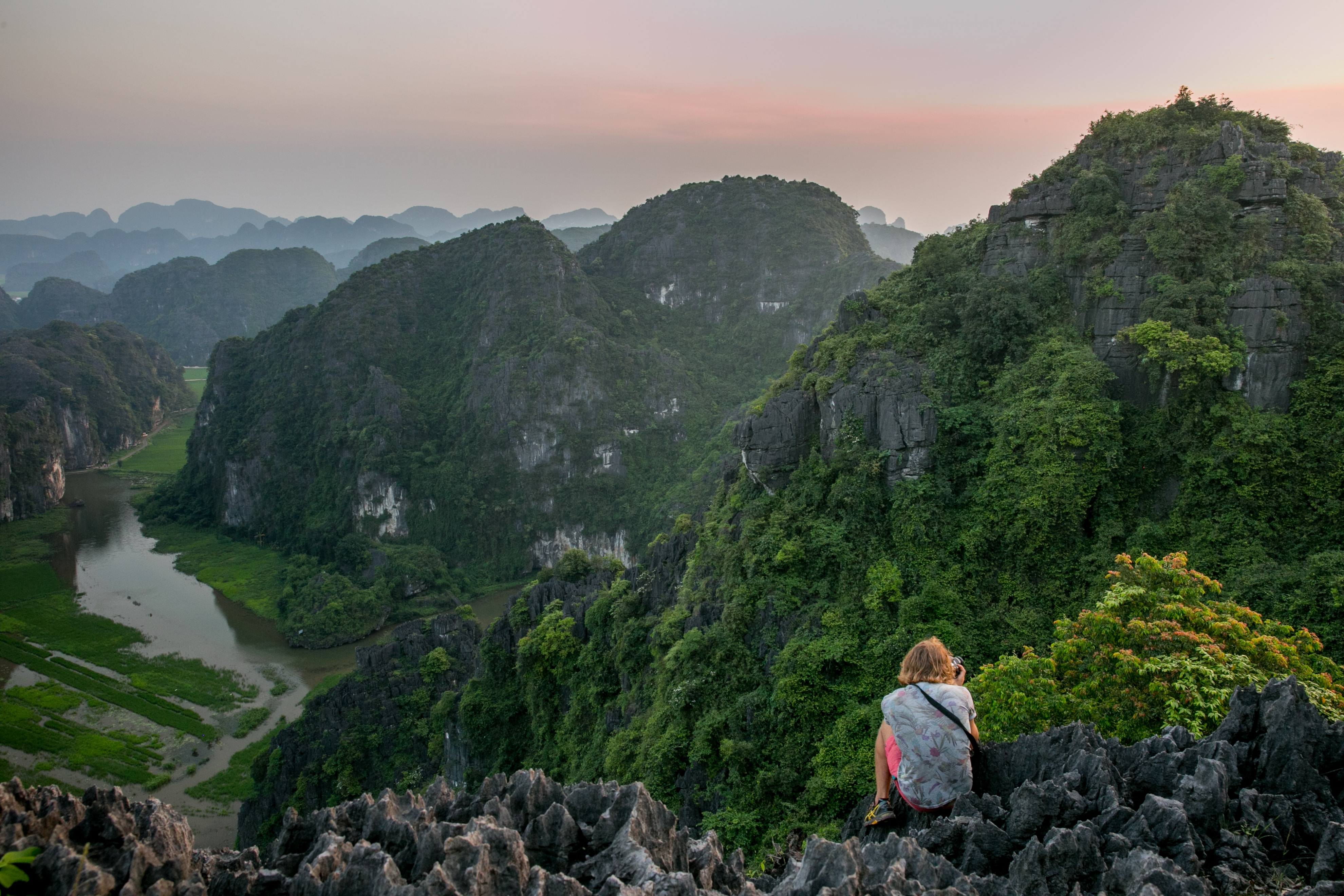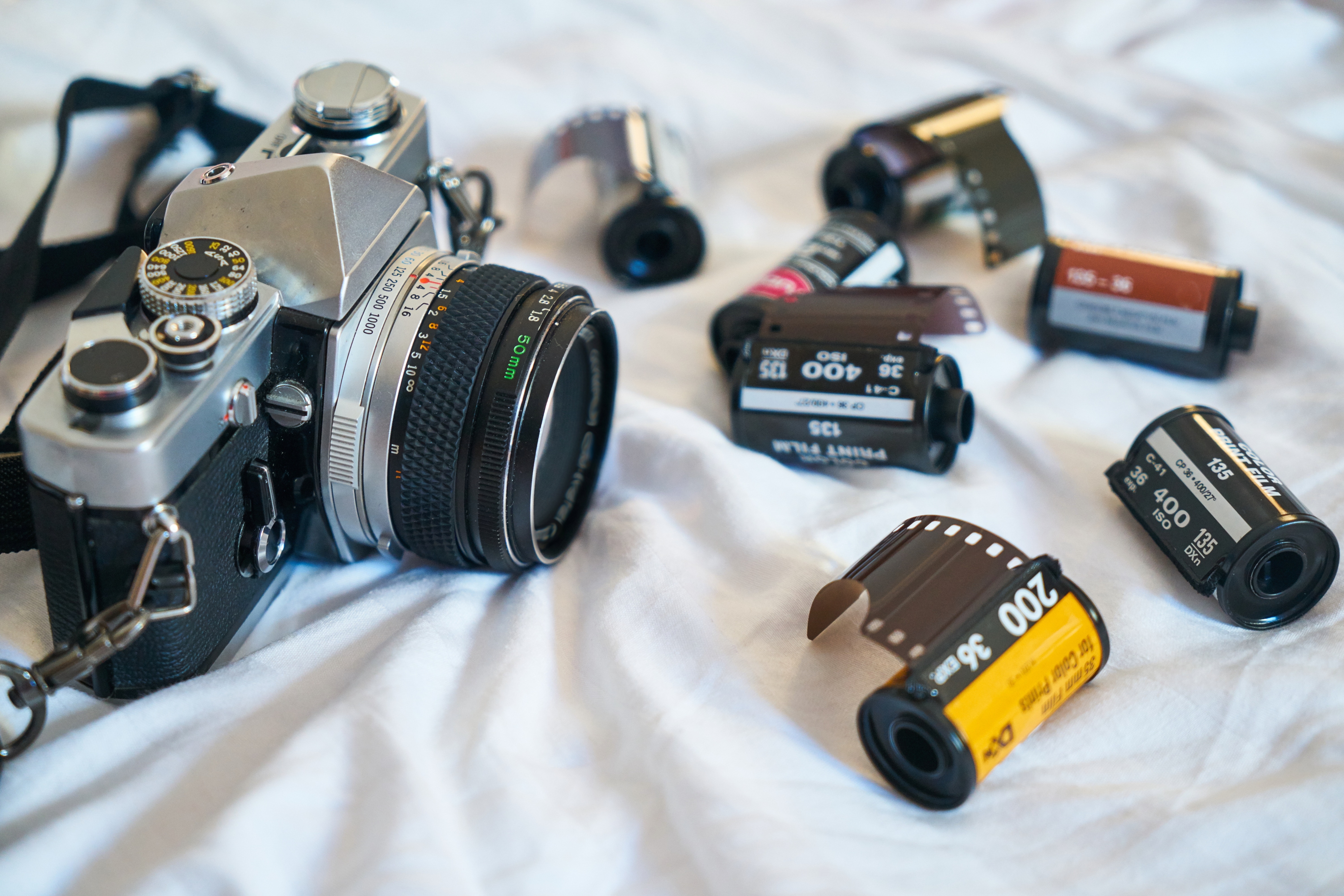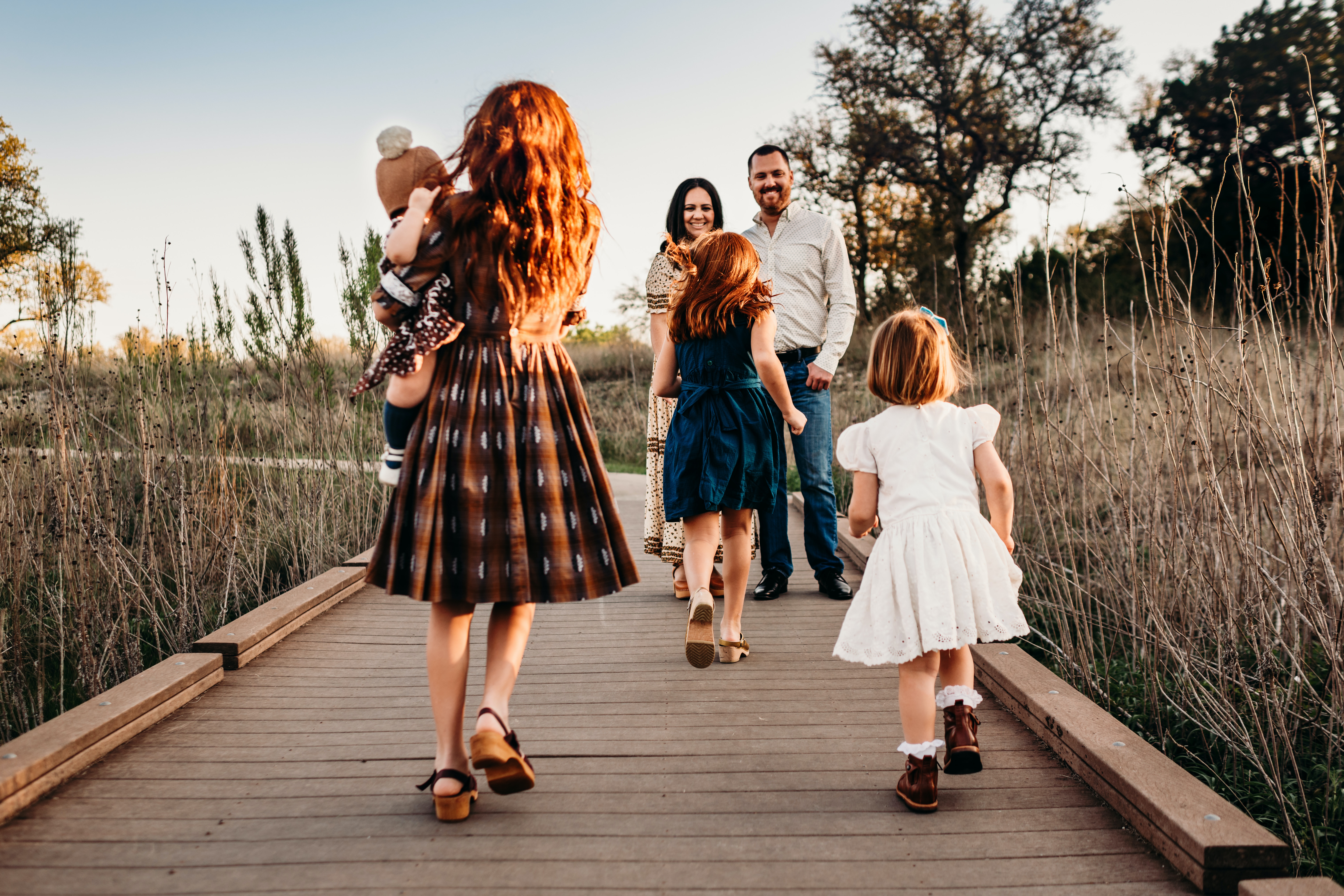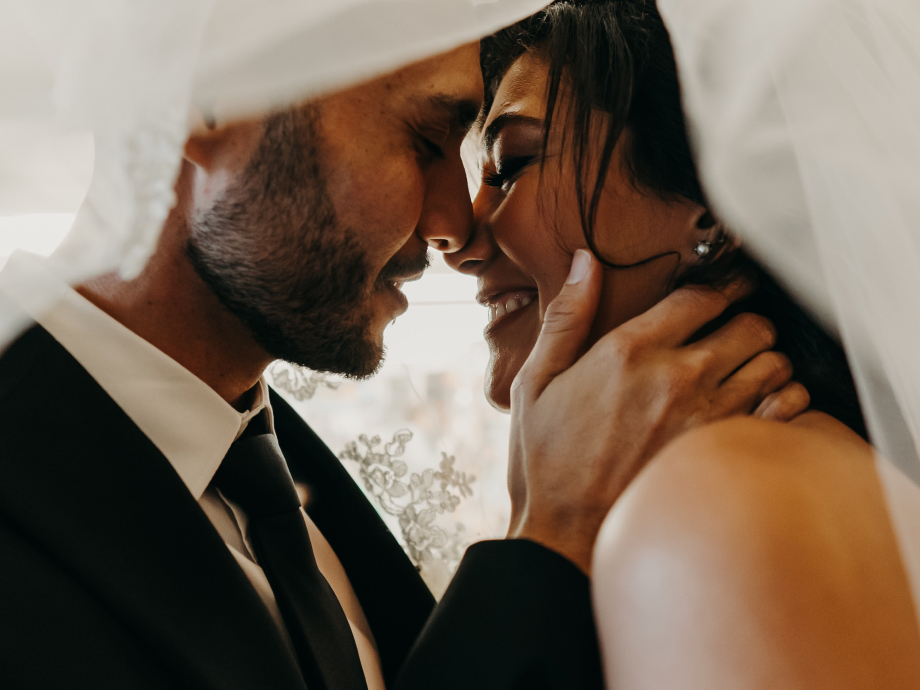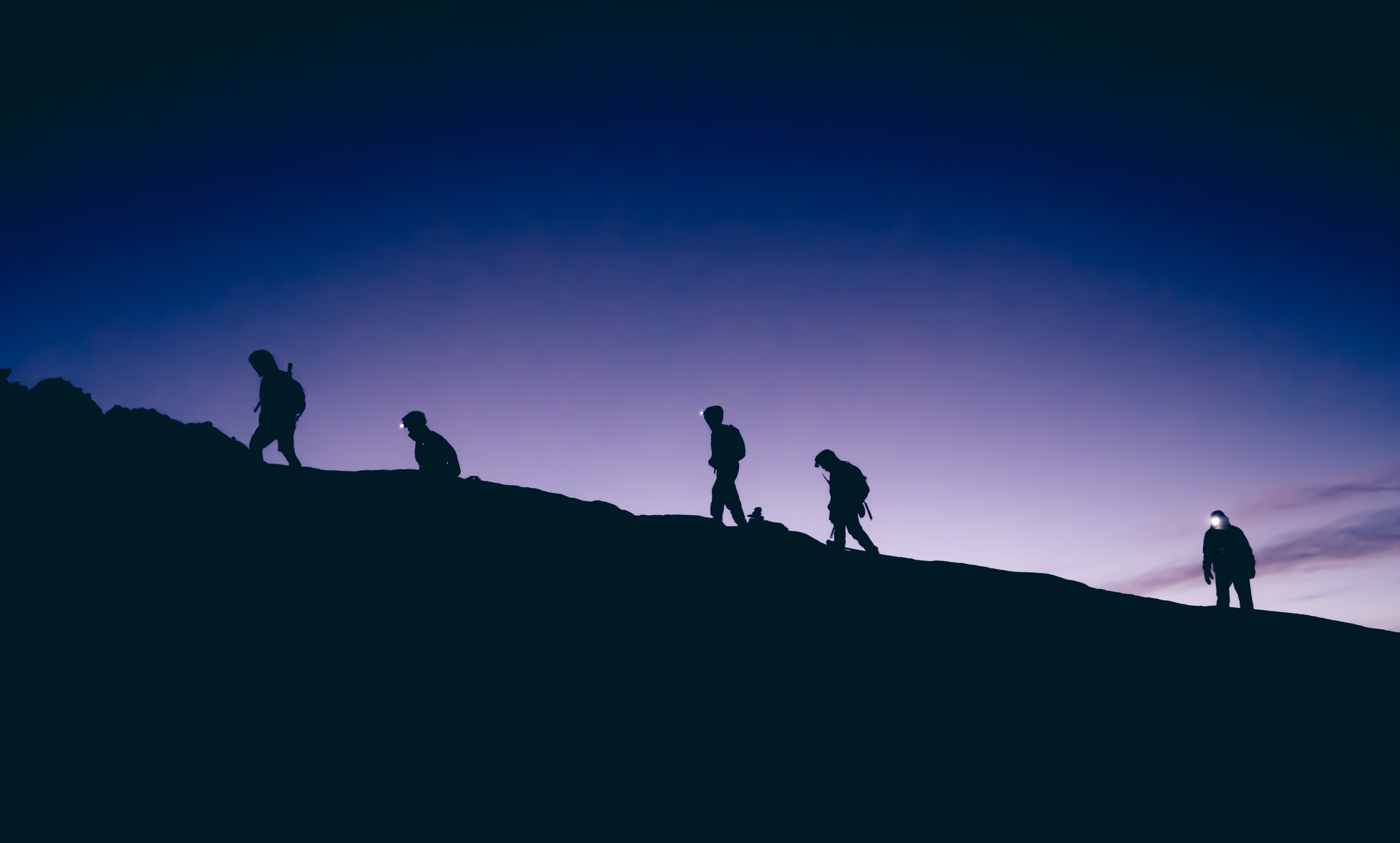
Previously, I shared three of my photography inspirations. While external inspiration is great, it is very important to look inwardly to improve. My favorite aspect of photographing daily life is that it encourages me to find beauty hiding amongst the mundane.
How do I continually improve my craft?
Shoot often
Bar none, what has contributed to my personal growth as a photographer the most is shooting as often as I can. For me this means daily which can prove challenging when photography is not your primary vocation.
Keep it simple. I have been asked a few times by friends starting out, “When can we go shoot?” or “The next time you go on a shoot can I come along?” If I did go on personal photo walks regularly they would be more than welcome. But, that is not what I do since adulting can prove all-consuming. Instead, I have a camera on me nearly at all times and I shoot what I see. Life typically offers many different genre opportunities — street, portraiture, abstract, and more.

http://www.eddeburgessphotography.com/
What also helps is finding a pocket-able camera that best fits your needs. I have tried many like the RX100 line (II and IV), have test driven a GR, twice owned the a6000. You can spend quite a bit, but there are many fine cameras for not a lot of spend. One I found is the abandoned NX mount NX300 with the 30mm f/2. I have traditional, standard sized DSLR and DSLR shaped cameras, but it helps to have a device that you can keep handy without a strap or bag. I suggest finding one that fits your needs and price point.
Practice
As mentioned above integrating photography into my daily routine helps a great deal. I do not have to try and find time to photograph. But here I am talking about setting up and practicing to learn your gear and/or a new skill. What helped me most with learning lighting (different modifiers, high key, low key, lighting positions, etc.) was to set them up at home and practice. So, as not to test the patience of my supportive family I used alternative subjects that were exceedingly patient (like Pumpkinhead Von Workoutball ).
This keeps you from having to learn real time out in the world with an audience and customers watching. Even with practice I still miss the occasional shot here and there, but the frequency of missed shots lessens greatly so I spend my time tweaking what I learned instead of learning from scratch. And this practice pays dividends when capturing a fleeting moment matters most.
Going old school
Modern digital cameras are great, but I often shoot with film cameras for fun, but also with a purpose. While I do shoot film for the experience or a particular look some film cameras are fully auto. I find it helps to shoot with cameras that have few or no modern aids (FED 2 as an example below.).
 Consistently making images with one of these old cameras improves my skill with digital. Weaning myself off of light meters by Sunny 16 winging it helps me to see light better, which has also improved my digital photography. Manually focusing helps also. It is possible to shoot manually with a digital camera of course, but there is something about having only 24 or 36 exposures available with no net to catch me or ability to review images on the fly really forces me to improve. I do not like wasting film.
Consistently making images with one of these old cameras improves my skill with digital. Weaning myself off of light meters by Sunny 16 winging it helps me to see light better, which has also improved my digital photography. Manually focusing helps also. It is possible to shoot manually with a digital camera of course, but there is something about having only 24 or 36 exposures available with no net to catch me or ability to review images on the fly really forces me to improve. I do not like wasting film.
Document
Lastly, document or record the process. Some keep paper notebooks. My notebook happens to be my blog. I also have been documenting my gear purchases in galleries online for years. (Disclaimer: I do not own all of that gear now. Documents what I have traded/tested over the years.) I refer to my notes and galleries often, so I can revisit and learn from past experiences. Galleries help me to decide whether or not I want to revisit gear purchases past. (Sample comparison gallery for a KEH blog post for example.) Both help me document my past, best and worst, to help me move forward.
 These have been some suggestions based on my own experiences in hopes that a few may prove helpful to others. All the best to you on your personal journey to improve your craft.
These have been some suggestions based on my own experiences in hopes that a few may prove helpful to others. All the best to you on your personal journey to improve your craft.
Happy shooting.

